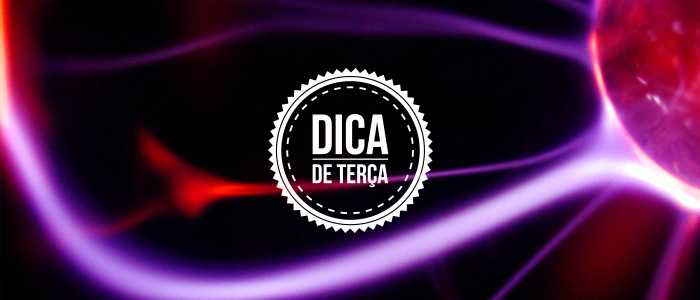What does NR10 say?
• Establishes the minimum requirements and conditions for the implementation of control measures and preventive systems, direct and indirect, that ensure the safety and health of workers, who interact in electrical installations and services with electricity;
• It applies to the phases of generation, transmission, distribution, and consumption, including the stages of design, construction, assembly, operation, maintenance of electrical installations, and any work performed in the vicinity;
• Specific individual protection equipment appropriate to the activities developed must be adopted, in compliance with NR 6;
• The work garments must be appropriate to the activities, and must take into account conductibility, flammability and electromagnetic influences.
10.2.4 Establishments with installed load over 75 kW shall create and maintain the Electrical Installation Log. In addition to the provisions of sub-item 10.2.3, it should contain at least:
c) specification of collective and individual protection equipment and tooling, applicable as determined by this NR;
e) results of electrical insulation tests performed on individual and collective protection equipment;
f) certifications of electrical equipment and materials in classified areas.
10.4 – SAFETY IN CONSTRUCTION, ASSEMBLY, OPERATION AND MAINTENANCE
10.4.2 In the works and activities mentioned above, preventive measures shall be taken to control additional risks, especially with regard to height, confinement, electric and magnetic fields, explosivity, humidity, dust, fauna and flora, and other aggravating factors, adopting safety signs.
In addition to NR10, the NFPA70E standard is the reference standard for protection against electric arc in the workplace, we have the following definition:
Electric Arc: When electric current passes through the air between ungrounded conductors or between grounded and ungrounded conductors. Exposure to this extreme temperature causes skin burns as well as ignition of clothing, which increases the damage generated by the burn.
NFPA 70E determines the methodology to be used for calculating and determining the degree of risk. The calculation estimates the maximum incident energy based on the maximum theoretical value of the power dissipated by an arc, considering the maximum energy emitted to generate a second-degree burn on human skin. Every company must have this calculation performed based on its facilities and risks.
To define the type of clothing, based on the ATPV obtained in the above calculation, the following table should be consulted:
